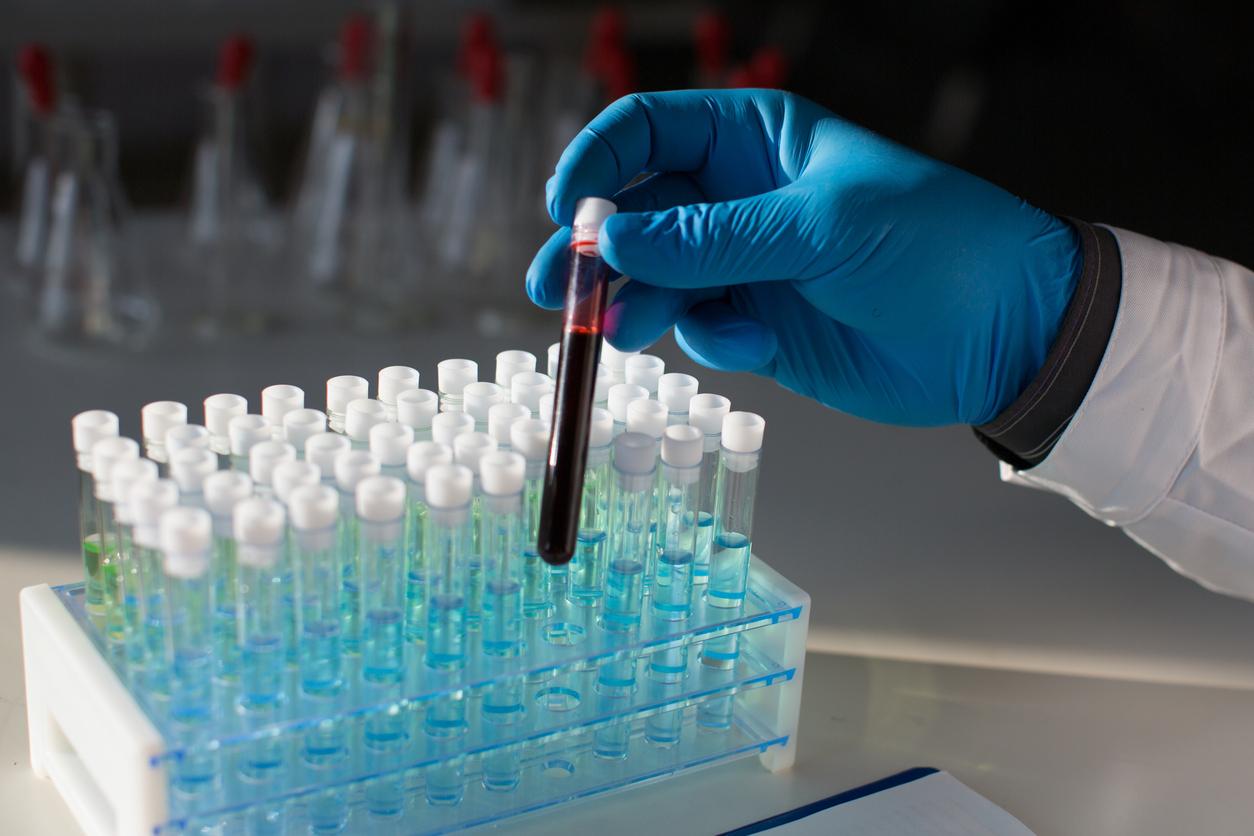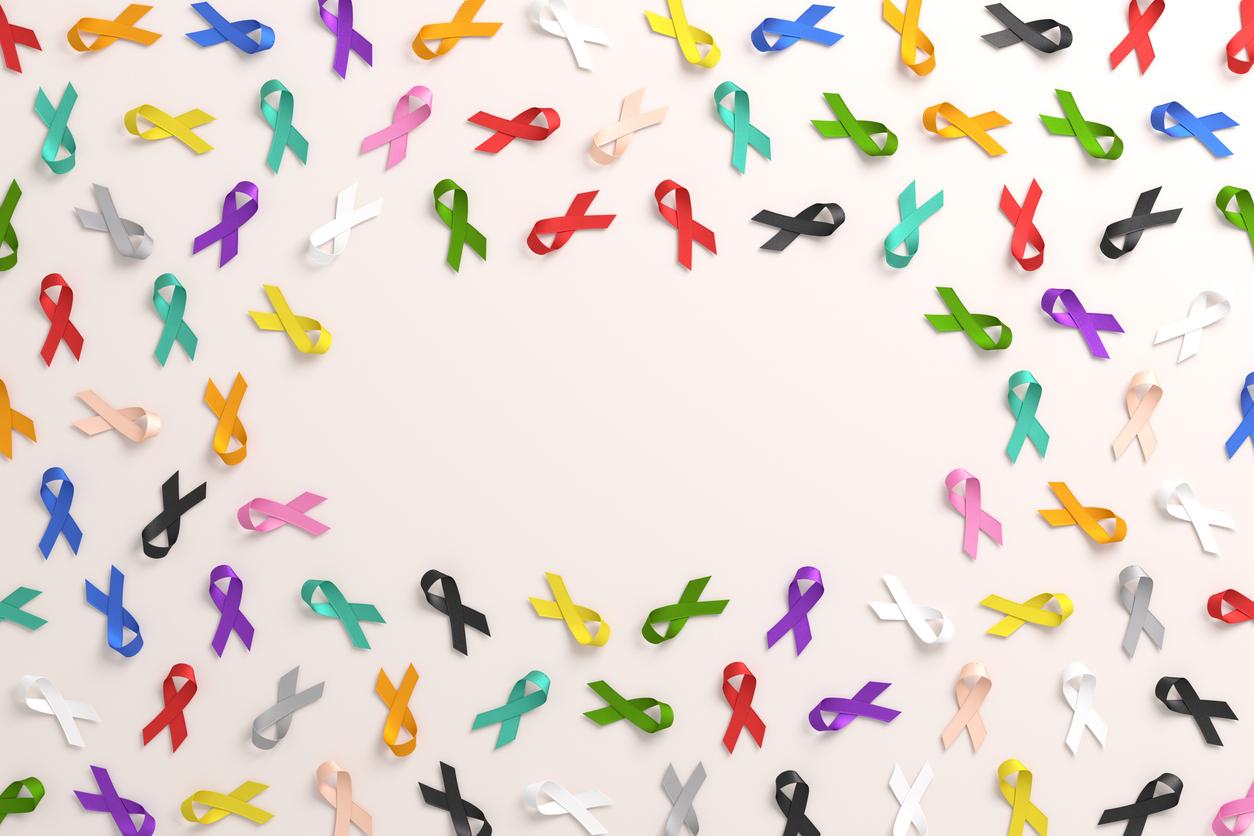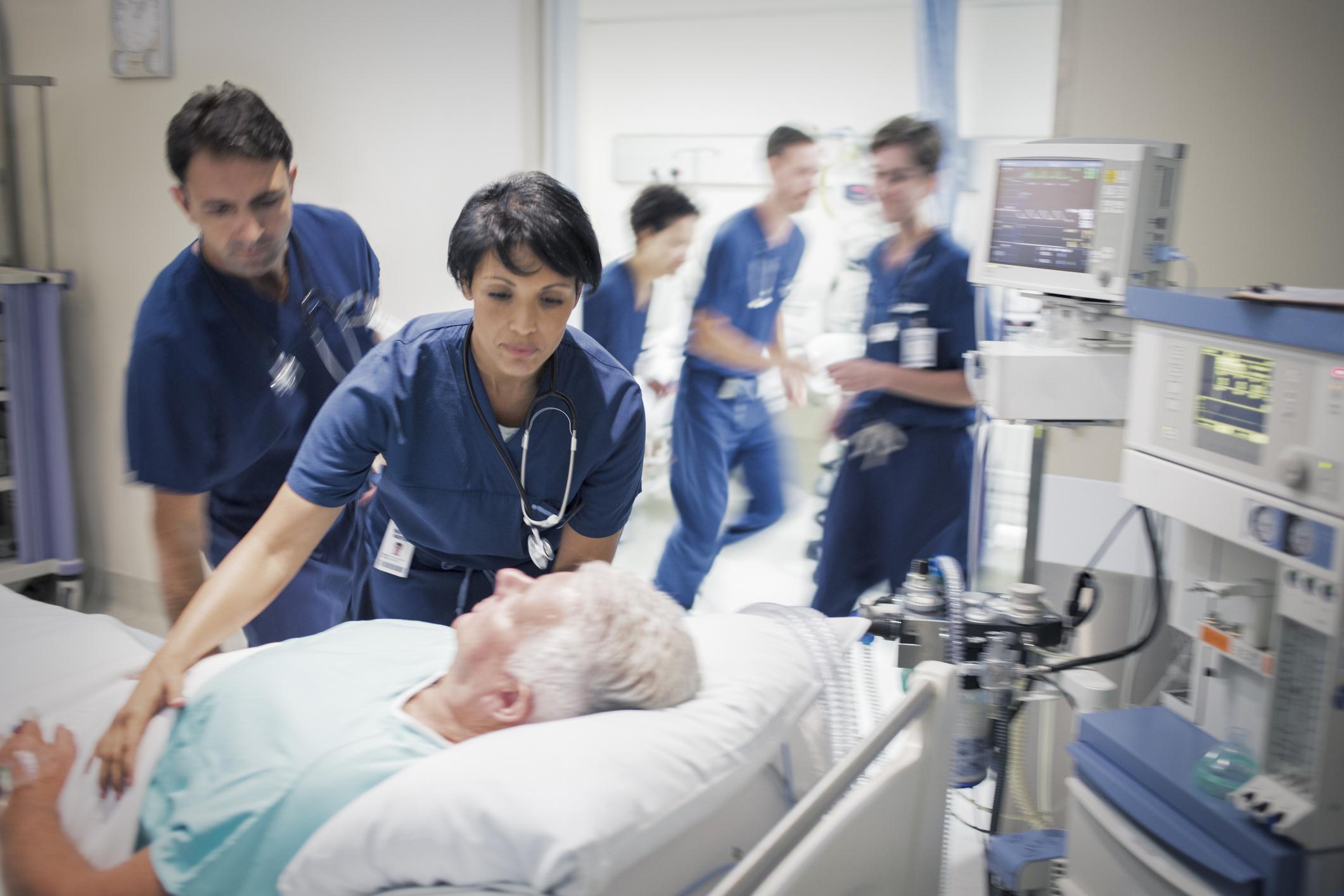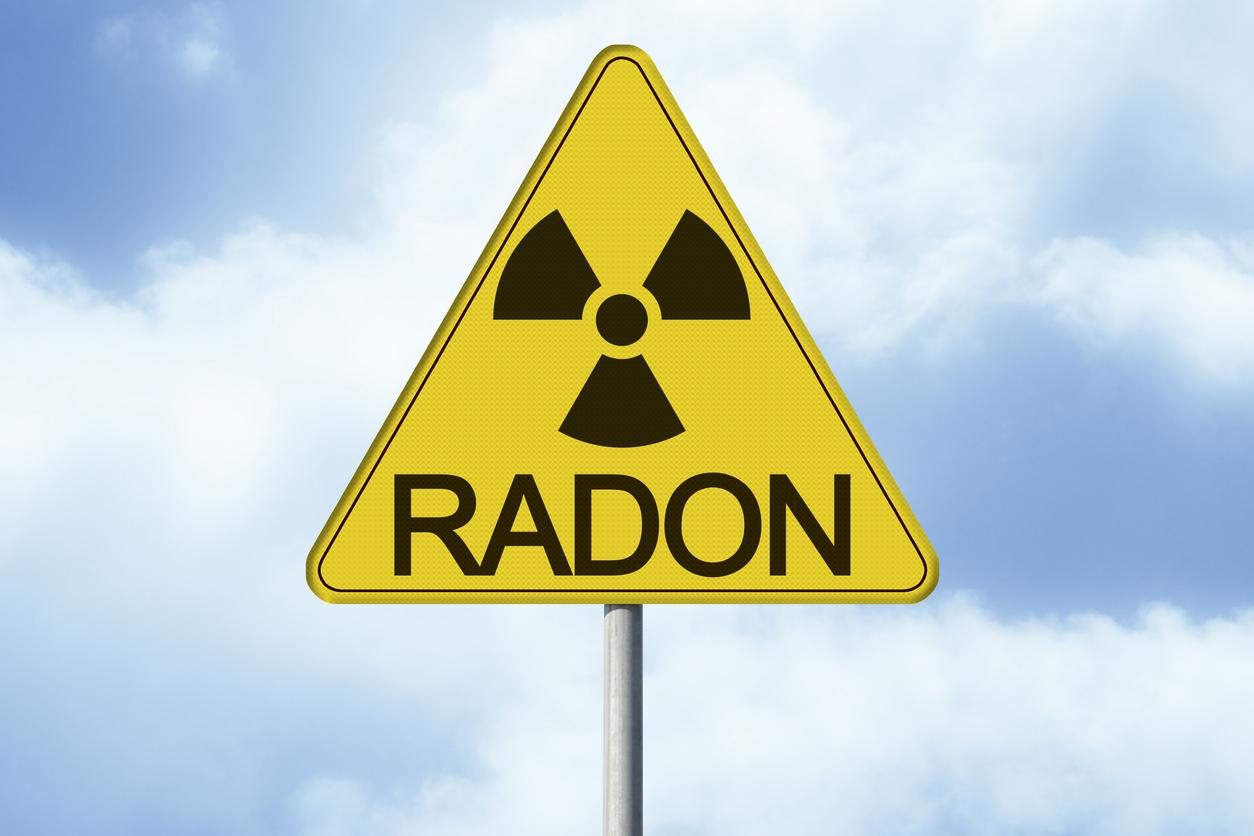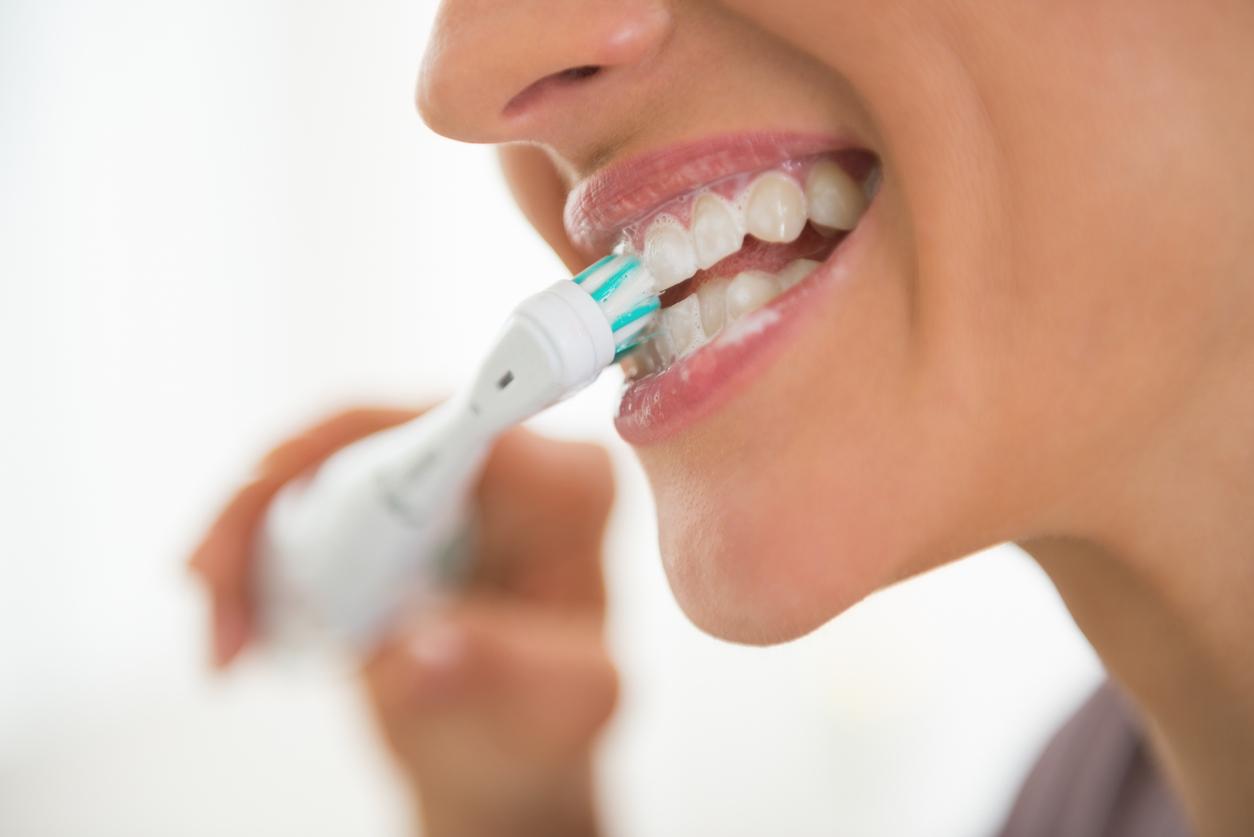An orthopedic surgeon at Bordeaux University Hospital was exposed to a high dose of radioactivity. The Nuclear Safety Authority calls for corrective actions and points to several shortcomings.

Incident at Bordeaux University Hospital (Gironde). An orthopedic surgeon received an abnormally high dose of radioactivity during the year 2013-2014. The Nuclear Safety Authority (ASN), which conducted an investigation into the circumstances of the incident, highlights several breaches of the radiation protection protocol in the establishment.
Health risks
The alert was issued last October: the results of passive dosimetric monitoring reveal that the orthopedic surgeon received a dose of 25 mSv in one year, probably linked to the handling of radiology devices (X-rays) in the operating room. The standard is set at 20 mSv. “The investigations carried out by the establishment have not made it possible to identify the causes of this exposure and, in particular, whether the practitioner regularly used personal protective equipment”, points out ASN. in a press release. On the other hand, it has been proved that the surgeon did not wear an “operational dosimeter”, which displays the dose received in real time. And this is not the first time that such shortcomings have been highlighted.
Regular exposure to x-rays has a long-term impact. These rays modify the chemical properties of the constituents of the cell, and alter the genetic material (DNA). Depending on the level of exposure, they can induce sterility, nausea, cancer but also, in very high doses, organ damage or death.
A highly supervised profession
To reduce the risks, the surgeon “must immediately stop exposure and apply all the management rules provided for by the Labor Code”, according to the National Research and Security Institute (INRS), which adds that “the medical sector was the first to routinely use radioactive sources (radiotherapy, nuclear medicine, diagnostic radiology). “
ASN also requested “corrective actions” from the Bordeaux University Hospital: wearing of operational dosimeters, corrective protection equipment. This protection is important since medical exposure to radiation is the second source of exposure for the French, according to a recent ASN report. Doctors are particularly watched. A report from the Institute for Radiation Protection and Nuclear Safety (IRSN), published in 2013, shows that medical and veterinary professions represent 62% of the supervised workforce. But incidents are rare: the average individual dose is less than 0.5 mSv.
.










